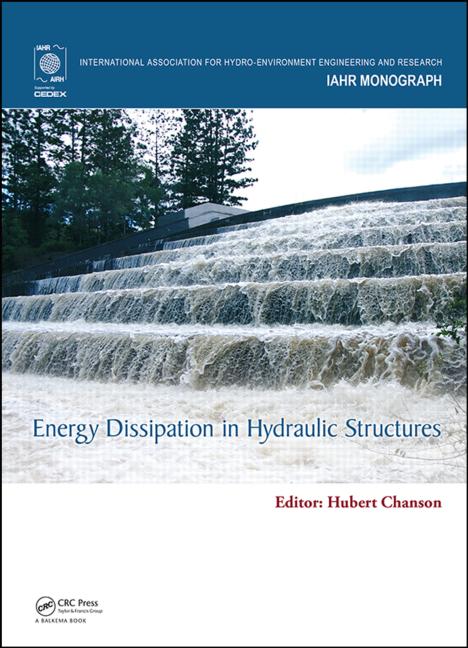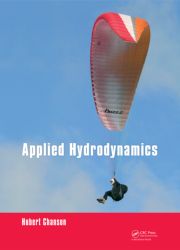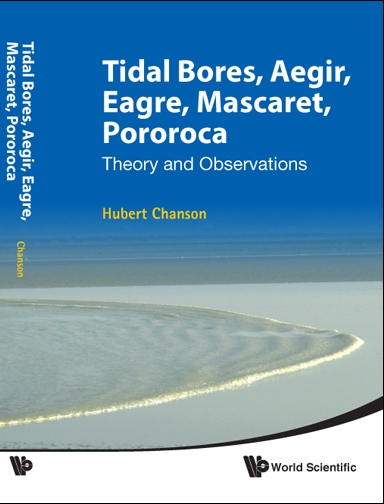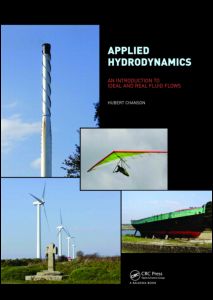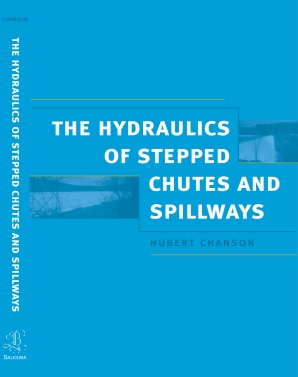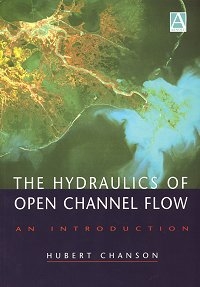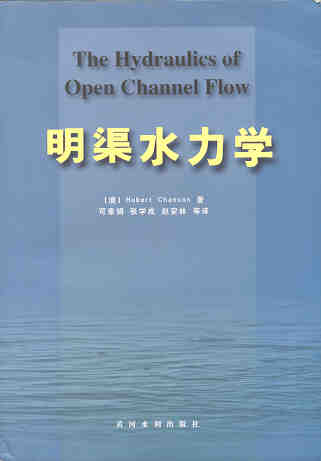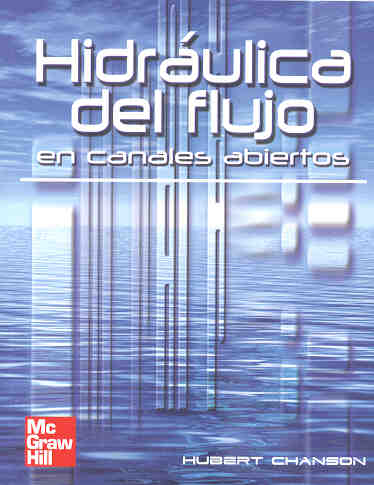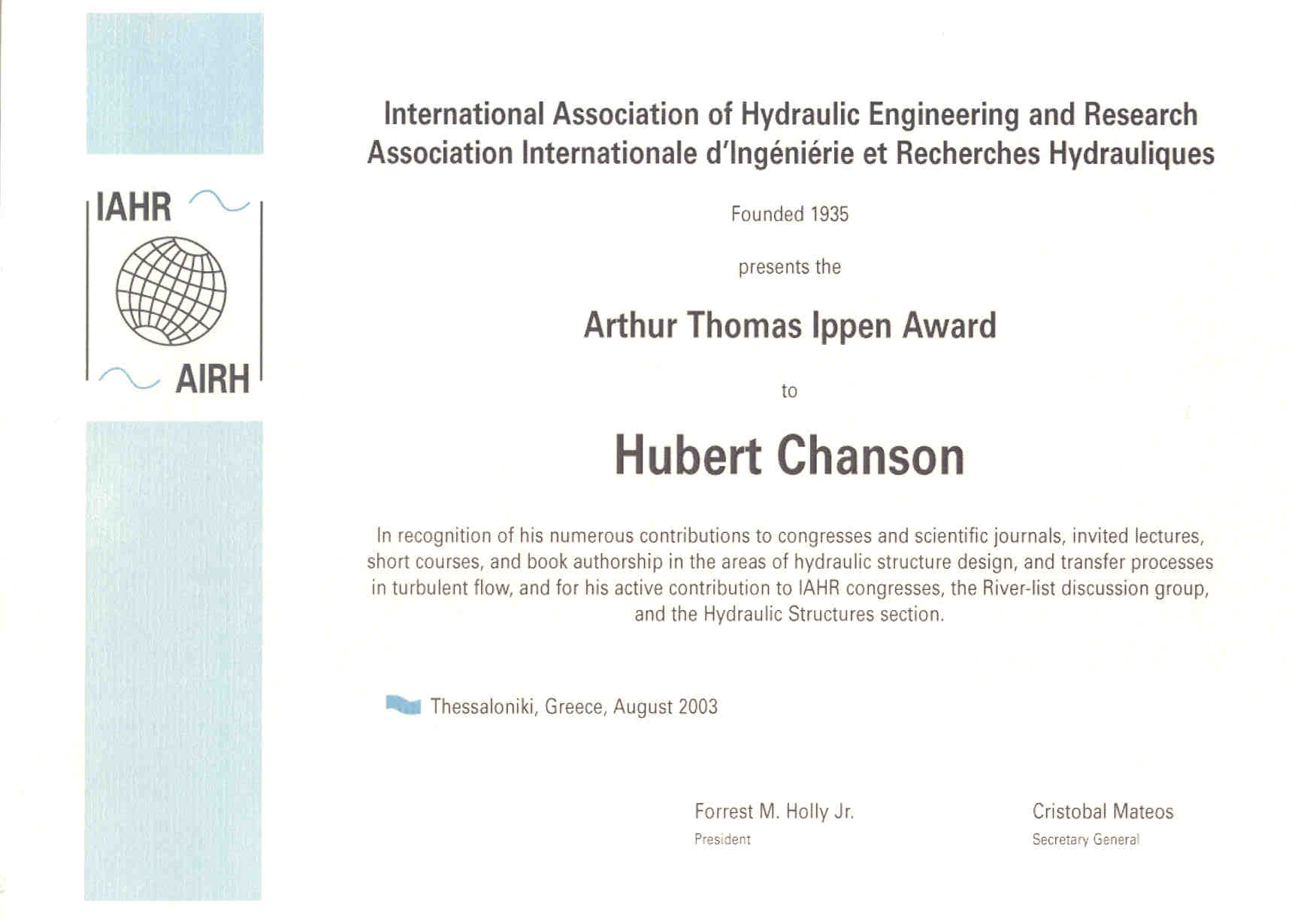The Minimum Energy Loss
(MEL) weir design
An overflow earthfill embankment
dam
by Hubert CHANSON (h.chanson@uq.edu.au)
M.E., ENSHM Grenoble, INSTN, PhD (Cant.), DEng (Qld),
Eur.Ing., MIEAust., IAHR Member, 13th
Arthur
Ippen
awardee
School of Civil Engineering, The University of Queensland,
Brisbane QLD 4072, Autralia
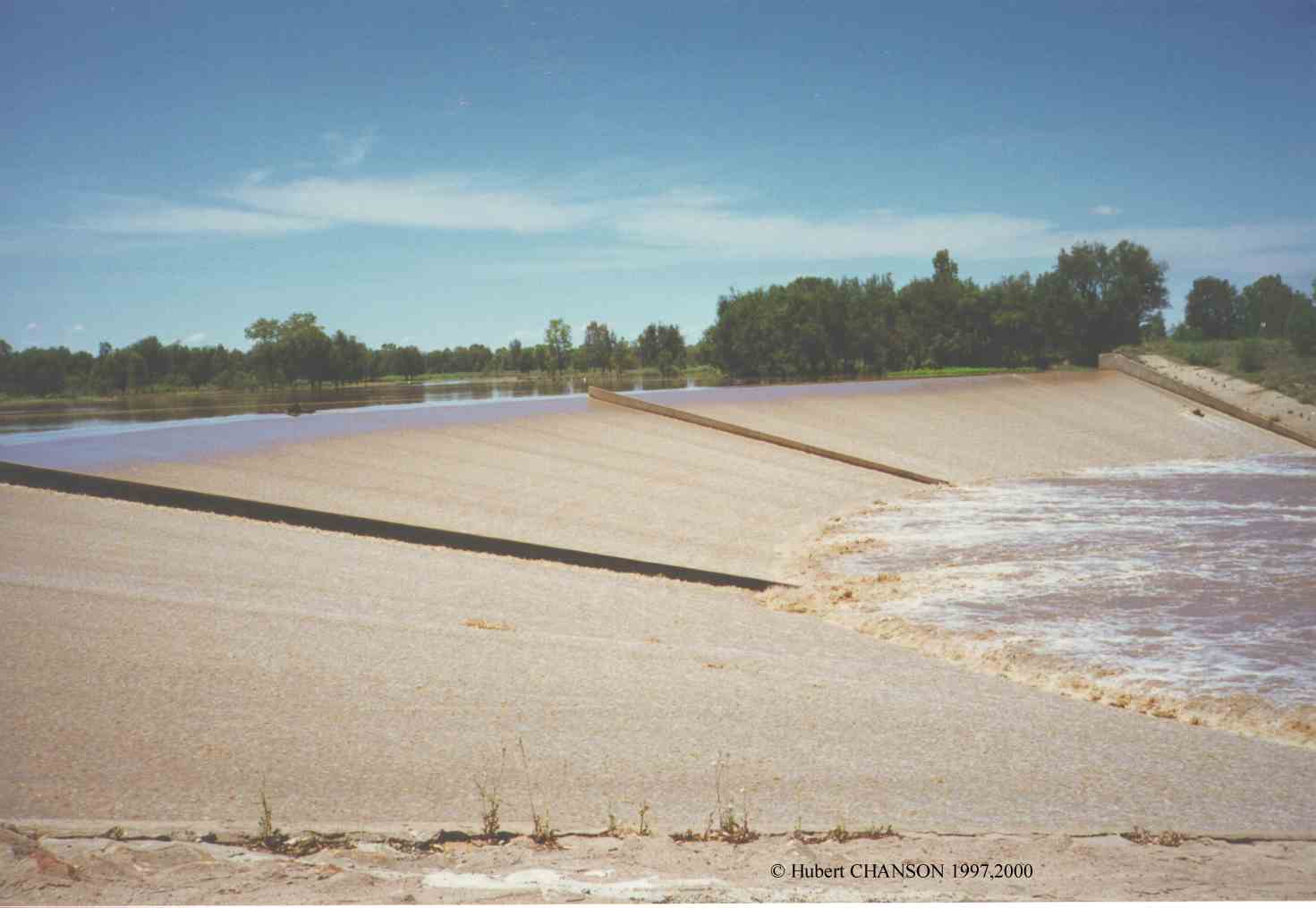
The concept of Minimum Energy Loss (MEL) weir
was developed by late Professor G.R. McKAY. MEL weirs were designed
specifically for situations where the river catchments are characterised
by torrential rainfalls (during the wet summer) and by very small bed
slope (So ~ 0.001). The design was developed to pass large floods with
minimum energy loss, hence with minimum upstream flooding. The first MEL
weir was the Clermont weir (QLD, Australia 1963) (Photo
7 to 13) (CHANSON 2003). The largest, Chinchilla weir (Qld,
Australia 1973), is listed as a "large dam" by the International
Commission on Large Dams (1984). A related design is the un-gated
spillway inlet at Lake Kurwongbah (Sideling Creek dam). It was designed
with the concept of minimum energy loss, in a fashion somehow similar to
the design of minimum energy loss culvert inlet (McKAY 1971). The crest
inlet fan converges into a 30.5 m wide channel ending with a small flip
bucket. The MEL crest design allowed for an extra 0.457 m of possible
water storage. Another MEL spillway inlet was designed at Swanbank dam (Fig. 5 & 6).
The purpose of a MEL weir is to minimise afflux and energy dissipation at
design flow conditions (i.e. bank full), and to avoid bank erosion at the
weir foot. The weir is curved in plan to converge the chute flow and the
overflow spillway chute is relatively flat (Photo
No. 1). Hence the downstream hydraulic jump is concentrated near the
river centreline away from the banks and usually on (rather than
downstream of) the chute toe. The inflow Froude number remains low and the
rate of energy dissipation is small compared to a traditional weir.
Ideally, a MEL weir could be designed to achieve critical flow conditions
at any position along the chute and, hence, to prevent the occurrence of a
hydraulic jump (CHANSON 1999, pp.
418-419). Practically this is not achievable because the variations of the
tailwater flow conditions with discharge are always important. In
practice, a weak jump takes place at the chute toe.
MEL weirs are typically earthfill structures protected by concrete slabs.
Construction costs are minimum. A major inconvenient of a MEL weir design
is the risk of overtopping during construction (e.g. Chinchilla weir). In
addition, an efficient drainage system must be installed underneath the
chute slabs.
A case study : Chinchilla MEL weir
The Chinchilla weir (QLD, Australia) is located on the Condamine river,
part of the Murray-Darling basin (Photo No. 2).
Completed in 1973 to provide irrigation water, the 14-m high weir is an
earthfill overflow embankment with a 410-m crest length. The original
volume of the reservoir was 9.78 E+6 m3 and the reservoir area is about
3.58 E+6 m2. The maximum spillway capacity is 850 m3/s and no dissipation
structure was built. The overflow section is concrete-lined, with a series
of drains to reduce seepage pressure. The right bank channel has a lower
crest elevation to act as a low-flow channel. The Chinchilla weir was
designed to give no afflux at design flow (850 m3/s, bank full). It passed
a flow rate of 1,130 m3/s with a measured afflux of less than 100 mm in
1974 (TURNBULL and McKAY 1974).
During construction, the Chinchilla weir was overtopped, partly damaged
and later completed as planned (TURNBULL and McKAY 1974) (1). Between 1973
and 2013, the weir was overtopped by a number of large flood events. The
weir operated safely and properly, and inspections after the flood showed
no damage (CHANSON and APELT 2022,2023).
Discussion
The Minimum Energy Loss weir is basically an overflow embankment. Other
types of overflow embankment design include the earth
dam spillway with precast concrete blocks (CHANSON
2001, pp. 225-230) and the concrete protection of the downstream
embankment slope (Photo No. 4). The former is a
Russian design developed by late Professor Gordienko while the latter has
been used in North-America and Australia, with roller compacted concrete
(RCC) or conventional concrete.
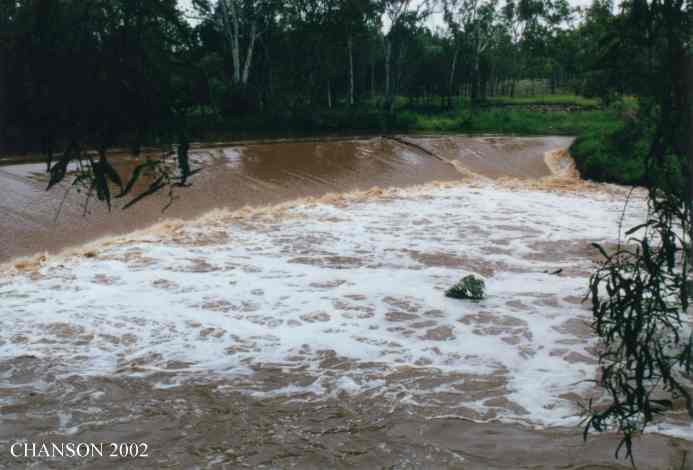
Footnote
(1) Discussion with Professor C.J. APELT.
Detailed photographs
Photo No. 1 : Sketch of a Minimum Energy
Loss weir (after CHANSON 1999).
Photo No. 2 : Chinchilla weir
(Chinchilla QLD, Australia 1973) on 8 Nov. 1997 during low overflow.
Designed with the assistance of Professor Gordon McKAY. Weir height: 14 m,
Crest length: 410m, Spillway capacity: 850 m3/s, Condamine river. The
Chinchilla weir is listed as a "large dam" by the International
Commission on Large Dams (1984). More information : CHANSON,
Butterworth-Heinemann, 1999, pp. 417-421 & 316.
Photo No. 3 : Lemontree weir (Cecil
Plains QLD, Australia 1979) on 8 Nov. 1997. Minimum Energy Loss weir on
the Condamine river. More information : CHANSON,
Butterworth-Heinemann, 1999, pp. 417-421.
Photo No. 4 : An overflow embankment
dam : Melton dam (VIC, Australia). Completed in 1916, the dam was
heightened twice because of the rapid reservoir siltation. During the last
refurbishment in 1994, the overflow stepped spillway was added. More
information at {Embankment
overflow stepped spillways: earth dam spillways with precast concrete
blocks}.
Photo No. 5 and 6 : Swanbank Minimum Energy Loss spillway (Ipswich
Qld, Australia 1965). Photo No. 5 :
spillway inlet, view from the dam wall on 6 Sept. 2002; Photo
No. 6 : spillway ogee, with the power station in background on 6
Sept. 2002. More about Swanbank
power plant.
Photo No. 7 to 13 : Sandy Creek at Clermont QLD (Australia 1963):
Photo No. 7 : Early stages of
construction in 1962 (Courtesy of Mr Keith JAMES). Photo
No.
8 : Downstream face near completion in early 1963 (Courtesy of Mr
Keith JAMES). Photo No. 9 : Workers
on the downstream face near completion in 1963 (Courtesy of Mr Keith
JAMES). Photo No. 10 : view from the
right bank on 3 Sept. 2002 (Courtesy of Mr Keith JAMES). Photo
No. 11 : detail of the crest intake on 3 Sept. 2002 (Courtesy of Mr
Keith JAMES). Photo No. 12 : Flood
overflow on 8 March 1993 (Courtesy of Mr A.J. HOLMES). Photo
No. 13 : Flood overflow in Feb. 1999 (Courtesy of Mr A.J. HOLMES).
Photo. No. 14 & 15 :
Lake Kurwongbah dam (also called Sideling Creek dam). The dam is equipped
with a Minimum Energy Loss spillway intake. Spilway operation on 22 May
2009 morning. Photo No.14: spillway
intake with a very small overflow at 08:20. Photo
No. 15: flip buicket operation; note the discharge confined to the
low flow section.
Video movie on YouTube
Minimum Energy Loss weirs and spillways - {https://www.youtube.com/watch?v=Vf3US9mYdL4)
YouTube channel of Hubert Chanson - {https://www.youtube.com/channel/UCm-SedWAjKdQdGWNbCwppqw}
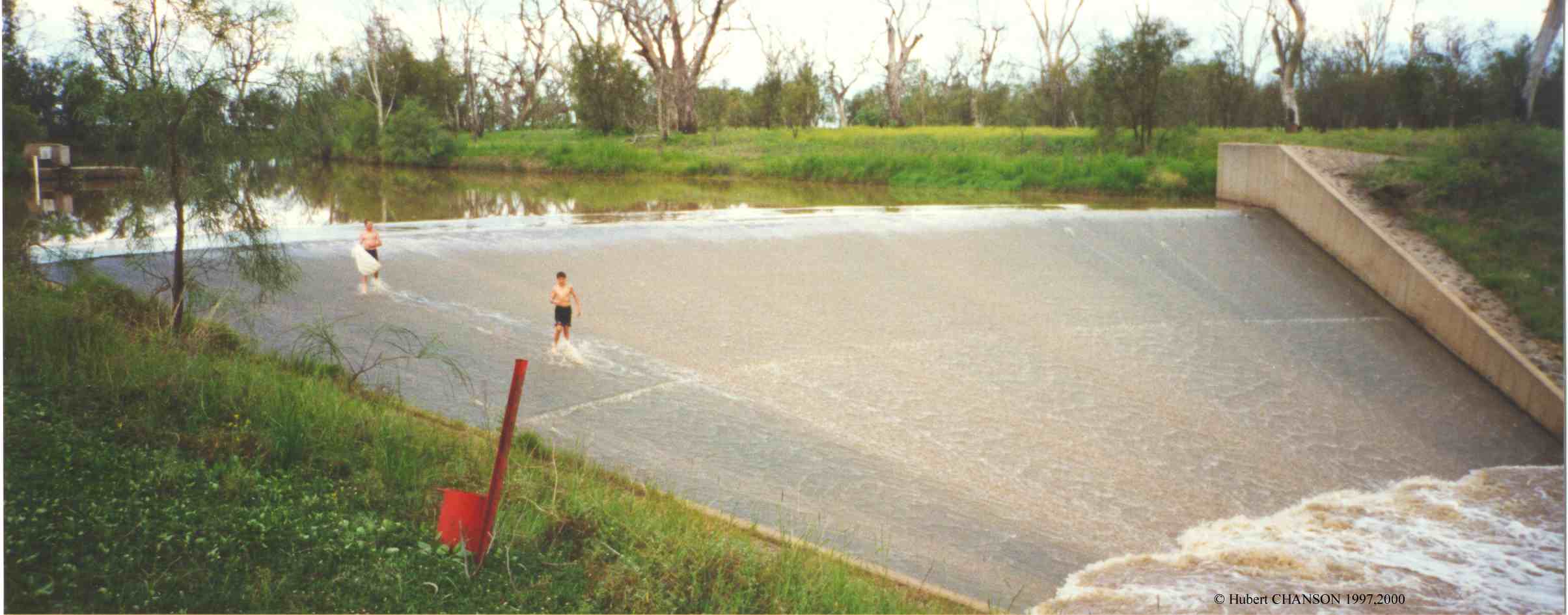
References
CHANSON, H., and APELT, C.J. (2022). "Surface Velocities and
Free-surface Aeration in a Converging Smooth Chute during a Major Flood
Event." Proceedings of the 9th IAHR International Symposium on Hydraulic
Structures ISHS2022, 24-27 October 2022, Roorkee, India, M. PALERMO,
Z. AHMAD, B. CROOKSTON and S. ERPICUM Editors, Utah State University, Logan,
USA, pp. 180-189 (DOI: 10.26077/11eb-458d) (ISBN 978-1-958416-07-5). (PDF file)
CHANSON, H., and APELT, C.J. (2023). "Environmental Fluid
Mechanics of Minimum Energy Loss Weirs: Hydrodynamics and Self-aeration at
Chinchilla MEL Weir during the November-December 2021 Flood Event." Environmental
Fluid Mechanics, Vol. 23, No. 3, pp. 633-659 (DOI:
10.1007/s10652-023-09926-0) (ISSN 1567-7419 [Print] 1573-1510 [Online]). (PDF file)
(Deposit
at UQeSpace)
CHANSON, H. (1995). "Hydraulic
Design of Stepped Cascades, Channels, Weirs and Spillways." Pergamon,
Oxford, UK, Jan., 292 pages (ISBN 0-08-041918-6).
CHANSON, H. (1999). "The
Hydraulics of Open Channel Flow : An Introduction." Butterworth-Heinemann,
London, UK, 512 pages (ISBN 0 340 74067 1).
International
Commission on Large Dams (1984). "World Register of Dams - Registre
Mondial des barrages - ICOLD." ICOLD, Paris, France, 753 pages.
CHANSON, H. (2006). "Minimum Specific Energy and Critical Flow
Conditions in Open Channels." Journal of
Irrigation and Drainage Engineering., ASCE, Vol. 132, No. 5, pp.
498-502 (ISSN 0733-9437). (PDF
file
at UQeSpace) (PDF
file) (PDF file at
EprintsUQ)
CHANSON, H. (2025). "Prototype spillway observations:
self-aeration on a smooth chute." Flow Measurement and Instrumentation,
Vol. 106, Paper 103019, 10 pages (DOI: 10.1016/j.flowmeasinst.2025.103019)
(ISSN 0955-5986). (PDF
file) (Depsoit
at UQeSpace)
CHANSON, H., and TOOMBES, L. (2001). "Experimental Investigations of
Air Entrainment in Transition and Skimming Flows down a Stepped Chute.
Application to Embankment Overflow Stepped Spillways." Research Report
No. CE158, Dept. of Civil Engineering, The University of Queensland,
Brisbane, Australia, July, 74 pages (ISBN 1 864995297). (PDF
file at UQeSpace) (Download PDF files : Part
1 and Part 2)
CHANSON, H. (2003). "Minimum Energy Loss Structures in Australia :
Historical Development and Experience." Proc.
12th Nat. Eng. Heritage Conf., IEAust., Toowoomba Qld, Australia,
N. Sheridan Ed., pp. 22-28 (ISBN 0-646-42775-X). (PDF
file at UQeSpace) (Download PDF
File)
CHANSON, H. (2007). "Hydraulic Performances of Minimum Energy
Loss Culverts in Australia." Journal of
Performances of Constructed Facilities, ASCE, Vol. 21, No. 4, pp.
264-272 (ISSN 0887-3828). (PDF
file) (Record
at
UQeSpace)
CHANSON, H. (2025). "Self-Aeration and Surface Turbulence at a
Large Dam Spillway: A Smooth Converging Chute Spillway Operation." Hydraulic
Model Report No. CH127/24, School of Civil Engineering, The University
of Queensland, Brisbane, Australia, 119 pages & 7 video movies (DOI:
10.14264/76813b3) (ISBN 978-1-74272-466-9 [Print]; 978-1-74272-467-6
[Electronic]). (PDF
file at UQeSpace)
McKAY, G.R. (1971). "Design of Minimum Energy Culverts." Research
Report, Dept of Civil Eng., University of Queensland, Brisbane,
Australia, 29 pages & 7 plates. (PDF
file at UQeSpace)
TURNBULL, J.D., and McKAY, G.R. (1974). "The Design and Construction
of Chinchilla Weir - Condamine River Queensland." Proc. 5th Australasian
Conf. on Hydraulics and Fluid Mechanics, Christchurch, New Zealand,
Vol. II, pp. 1-8.
On Youtube
Minimum Energy Loss culverts and bridge waterways (1)
Development {https://www.youtube.com/watch?v=SQjHY2Pf3Wk}
Minimum Energy Loss culverts and bridge waterways (2) Hydraulic
design {https://www.youtube.com/watch?v=ncuecJVNqzg}
Minimum Energy Loss weirs and spillways {https://www.youtube.com/watch?v=Vf3US9mYdL4}
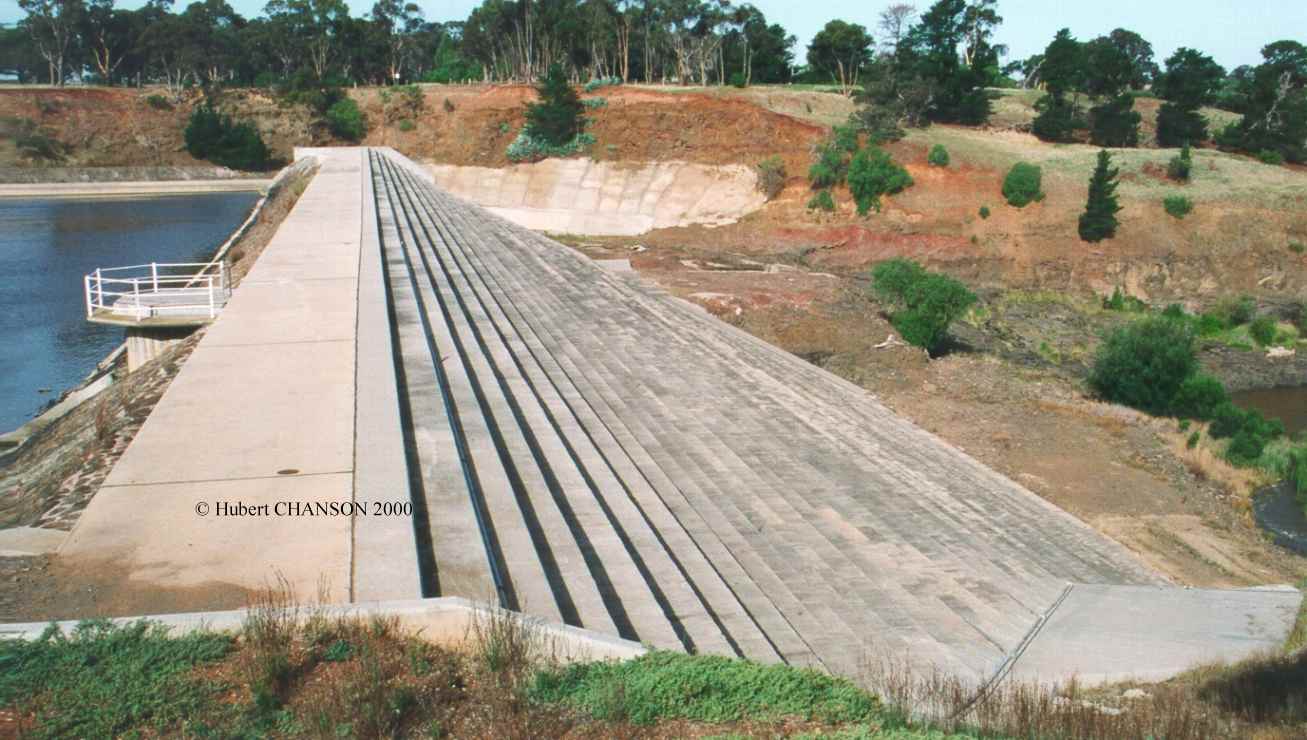
Acknowledgments
The writer acknowledges the advice of Professor Colin APELT (The University
of Queensland). He acknowledges the assistance of Norman WORTHINGTON
(Ipswich), Mr Keith JAMES and Mr A.J. HOLMES.
License

This work is licensed under a Creative
Commons Attribution-NonCommercial 3.0 Unported License.
Hubert
CHANSON is a Professor in Civil Engineering, Hydraulic Engineering and
Environmental Fluid Mechanics at the University
of Queensland, Australia. His research interests include design of
hydraulic structures, experimental investigations of two-phase flows,
applied hydrodynamics, hydraulic engineering, water quality modelling,
environmental fluid mechanics, estuarine processes and natural resources. He
has been an active consultant for both governmental agencies and private
organisations. His publication record includes over 1200 international
refereed papers and his work was cited over 10,000 times (WoS) to 26,000
times (Google
Scholar) since 1990. His h-index is 47 (WoS), 51 (Scopus) and 79 (Google
Scholar), and he is ranked among the 150 most cited researchers in
civil engineering in Shanghai’s
Global Ranking of Academics. Hubert Chanson is the author of twenty
books, including "Hydraulic Design of
Stepped Cascades, Channels, Weirs and Spillways" (Pergamon,
1995), "Air Bubble Entrainment in
Free-Surface Turbulent Shear Flows" (Academic
Press, 1997), "The Hydraulics of
Open Channel Flow: An Introduction" (Butterworth-Heinemann,
1st edition 1999, 2nd
editon 2004), "The Hydraulics of Stepped
Chutes and Spillways" (Balkema, 2001),
"Environmental Hydraulics of
Open Channel Flows" (Butterworth-Heinemann,
2004), "Tidal
Bores, Aegir, Eagre, Mascaret, Pororoca: Theory And Observations" (World
Scientific, 2011), "Applied
Hydrodynamics:
an Introduction" (CRC
Press, 2014). He co-authored three further books "Fluid Mechanics for
Ecologists" (IPC Press, 2002), "Fluid Mechanics for Ecologists.
Student Edition" (IPC, 2006) and "Fish Swimming in Turbulent Waters. Hydraulics Guidelines
to assist Upstream Fish Passage in Box Culverts" (CRC Press 2021). His textbook "The Hydraulics
of Open Channel Flows: An Introduction" has already been translated
into Spanish (McGraw-Hill
Interamericana) and Chinese (Hydrology Bureau of Yellow River
Conservancy Committee), and the second
edition was published in 2004. In 2003, the IAHR
presented him with the 13th Arthur Ippen Award
for outstanding achievements in hydraulic engineering. The American Society
of Civil Engineers, Environmental and Water Resources Institute (ASCE-EWRI)
presented him with the 2004 award for the Best Practice paper in the Journal
of Irrigation and Drainage Engineering ("Energy
Dissipation
and Air Entrainment in Stepped Storm Waterway" by Chanson and Toombes
2002), the 2018 Honorable Mention Paper Award for "Minimum Specific Energy
and Transcritical Flow in Unsteady Open-Channel Flow" by Castro-Orgaz
and Chanson (2016) in the ASCE Journal of Irrigation and Drainage
Engineering, the 2020 Outstanding Reviewer Award, and the 2021 Outstanding
Reviewer Award. The Institution of Civil Engineers (UK) presented him the
2018 Baker Medal. In 2018, he was inducted a Fellow of the Australasian Fluid Mechanics Society.
Hubert Chanson edited further several books : "Fluvial,
Environmental and Coastal Developments in Hydraulic Engineering"
(Mossa, Yasuda & Chanson 2004, Balkema),
"Hydraulics.
The
Next Wave" (Chanson & Macintosh 2004, Engineers
Australia), "Hydraulic
Structures:
a Challenge to Engineers and Researchers" (Matos & Chanson 2006, The University of Queensland), "Experiences
and Challenges in Sewers: Measurements and Hydrodynamics" (Larrate
& Chanson 2008, The University of
Queensland), "Hydraulic
Structures:
Useful Water Harvesting Systems or Relics?" (Janssen & Chanson
2010, The University of Queensland),
"Balance
and Uncertainty: Water in a Changing World" (Valentine et al. 2011, Engineers Australia), "Hydraulic
Structures and Society – Engineering Challenges and Extremes" (Chanson
and Toombes 2014, University of
Queensland), "Energy
Dissipation
in Hydraulic Structures" (Chanson 2015, IAHR
Monograph, CRC Press). He chaired the Organisation of the 34th
IAHR World Congress held in Brisbane, Australia between 26 June and 1
July 2011. He chaired the Scientific Committee of the 5th
IAHR International Symposium on Hydraulic Structures held in Brisbane
in June 2014. He co-chaired the Organisation of the 22nd Australasian Fluid
Mechanics Conference held as a hybrid format in Brisbane, Australia on 6-10
December 2020.
His Youtube channel is: {https://www.youtube.com/@Hubert_Chanson}. His Internet
home page is http://www.uq.edu.au/~e2hchans.
He also developed a gallery of photographs website {http://www.uq.edu.au/~e2hchans/photo.html}
that received more than 2,000 hits per month since inception.
More pictures of MEL weirs are here
...
TECHNICAL INTERNET RESOURCES
More about Embankment
overflow stepped spillways: earth dam spillways with precast
concrete blocks...
More about Minimum Energy Loss culverts and
waterways ... More about timber
crib weirs ... More about steel
dams ...
More about engineering
failures ... More about rubber
dams ... More about the history
of arch dams ...
More about air entrainment on spillways
... More about the Formal
Water Garden .... More about rapid
reservoir sedimentation in Australia ...
This page was visited : 10,890 times between
28-04-2000 and June 2012.
Last updated on 27/09/2025

